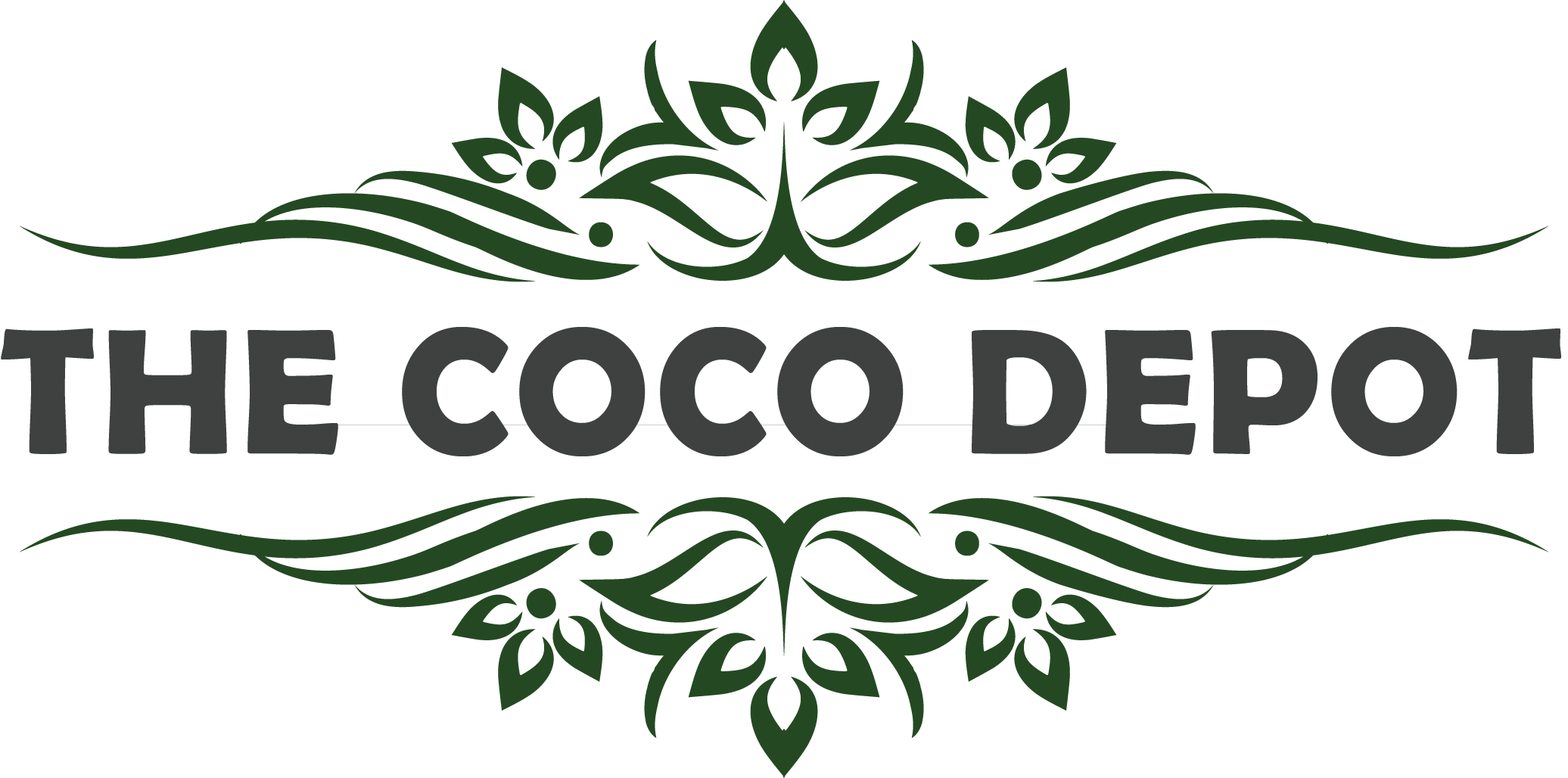Extracted from the waste of coconut product, which is an industry byproduct,
coco peat is an incredible hydrophilic material, meaning it has an impressive
capability to absorb and retain water. The one-time waste from the coconut
grove is now considered a recycling organic waste usage through composting
this in agriculture. This 100% organic and natural wafer, once regarded as a
farm waste, is now not only a substance in demand to solve the problems of
agriculture but also for the flourishing of plant growth. The non-fibrous,
absorbent, and lightweight material that forms the coir fiber in coconut husks
is the original source of coco peat and is thus what now has reached high
demand, especially in the West, where it is shipped out from coconut producing states. Gardeners and farmers both find it very useful and rewarding
to use the exceptional qualities, it has in managing their crops and planting
them successfully, which means that there is a complete change in the
traditional soil treatment and plant breeding. The time is now to explore the
wonders of the humble cocopeat, and we will know how it evolved into a real
good fortune in farming and other industrial fields.
However, that is not the only feature of Coco Peat;(Common Mistakes When Using Cocopeat: How to Avoid Planting Pitfalls – The Coco Depot) it has a super slow rate of
biodegradation, so the absorbed liquid will not travel back into the
environment very soon. The EPA has even drawn up a special test (OECD 301B)
in order to measure this process in a slow way, using the production of CO2 as
an indicator. That's why if you are in search of a really absorbent material that
cannot let the liquid go away, I would say that Coco Peat is an excellent choice!
It is a genuine superhero in the field of cleanup and the protection of the
surrounding environment.
Insolubility
A liquid spill absorbent should not be soluble in the liquid it’s meant to absorb.
Nor should it dissolve in water (for use as an absorbent for oil or similar spills in
water). Coco Peat meets this requirement.
Buoyancy
Obviously if we are dealing with liquid spills in water the absorbent material
needs to be able to float so it can be removed from the water body. Coco Peat
has particle density and bulk density such that it always floats in water.
Non-Reactivity
A liquid spill absorbent shouldn’t react with the material it’s meant to absorb.
Coco Peat is very non-reactive. Using the wrong absorbent with corrosive
liquids can cause unwanted heat reactions and other safety hazards. When
working with corrosives it’s important to choose absorbent materials that
won’t react with the material being absorbed.
Toxicity
The spill absorbent shouldn’t be toxic or add to the toxicity of the material
being absorbed.
TCLP is one of the test methods used when characterizing waste as either
hazardous or non-hazardous as defined in the Code of Federal Regulations.
RCRA 40 CFR Part 261. The term TCLP is an acronym for Toxicity Characteristic
Leaching Procedure. This test simulates conditions within a landfill and
determines which of the contaminants identified by the United States
Environmental Protection Agency (EPA) are present in the leachate as well as
their concentrations. Over time water and liquid waste percolates through
landfills. The solid waste you are depositing can react with the percolating
liquid, posing environmental health risks from the contaminants it absorbs. A
TCLP test determines which of the contaminants identified by the EPA are
present in the leachate and their concentrations.
Physical Characteristics
Coco Peat is very light due to its low particle density as well as low bulk density
compared to clay-based spill absorbents. These properties make it very
convenient to carry around and apply. It saves significant costs in logistics.
It’s clear that Coco Peat (Coconut Husk Peat) meets all the requirements when
used as a spill absorbent. Being completely natural and plant based is an added
bonus

